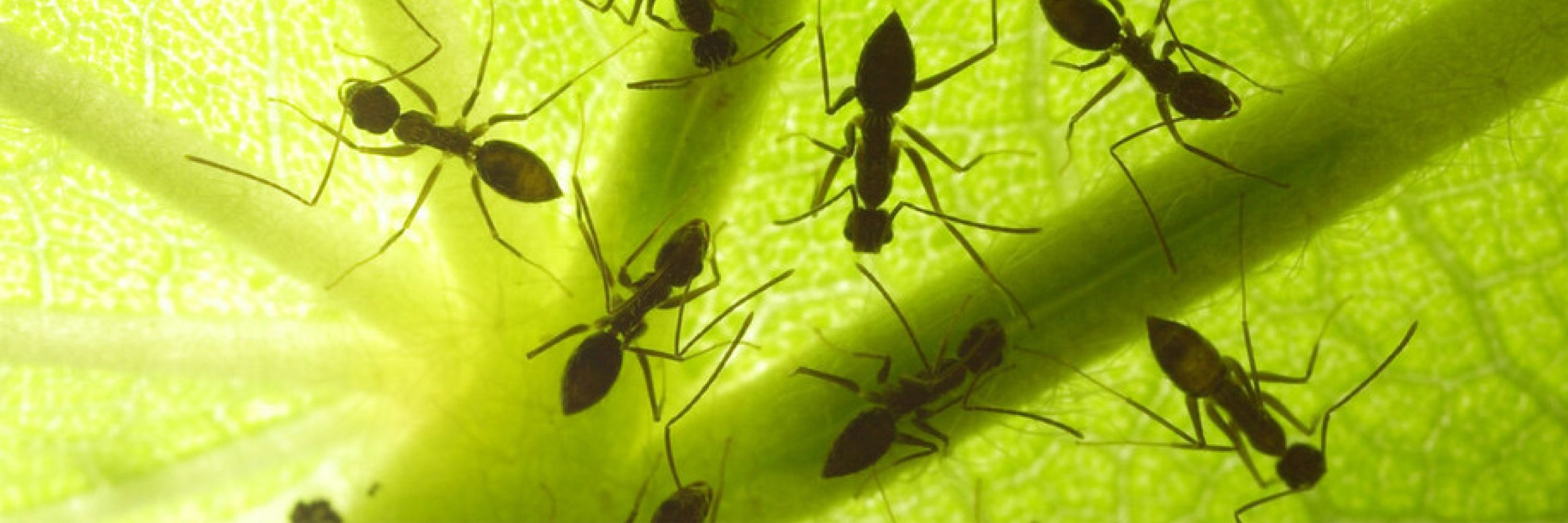
This means: 1. Replace non-native trees and plants with natives. 2. Let fallen leaves sit as winter habitat. 3. Cut back pesticide use. 4. Outdoor lights off at night. 5. Preserve more parks and natural open spaces.
I had to call five nurseries in the Seattle area yesterday to find one that carried Rhododendron Macrophyllum, the native rhododendron in the PNW. "We have lots of hybrids". Finally found a native plants nursery, where the owner offered some choices that would feed birds in winter too. 👍🏻🐦⬛🫐
We started leaving 90% our leaves on the ground and were rewarded with a month of fireflies every summer!
So, honest question: when I've let leaves just sit where they fall, I end up with bare dirt. Is it a problem if I mow the laves to mulch them?
The good news is, most insects rebound quickly, if given a chance. Much faster on aberage than vertebrates. But we have to give them an opening to do so. Right now the pressures are relentless.
Is sweeping up leaves such a common thing where you live? I can't remember the last time I saw someone with a leaf blower or rake here.
